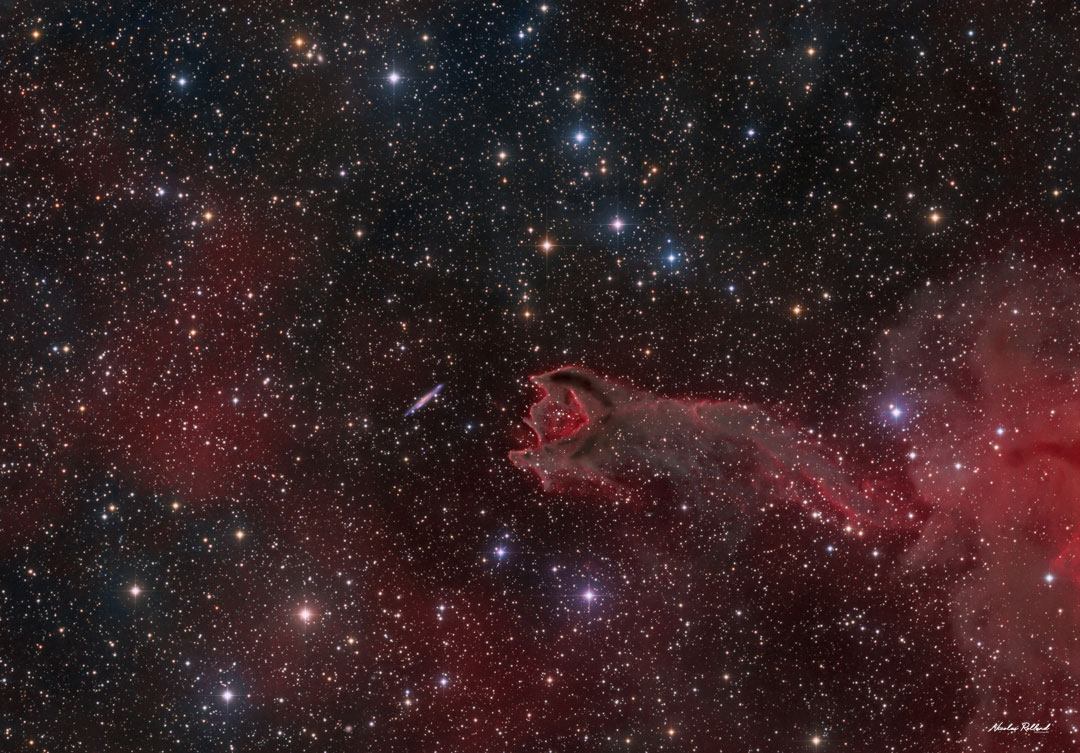
CG4: A Ruptured Cometary Globule


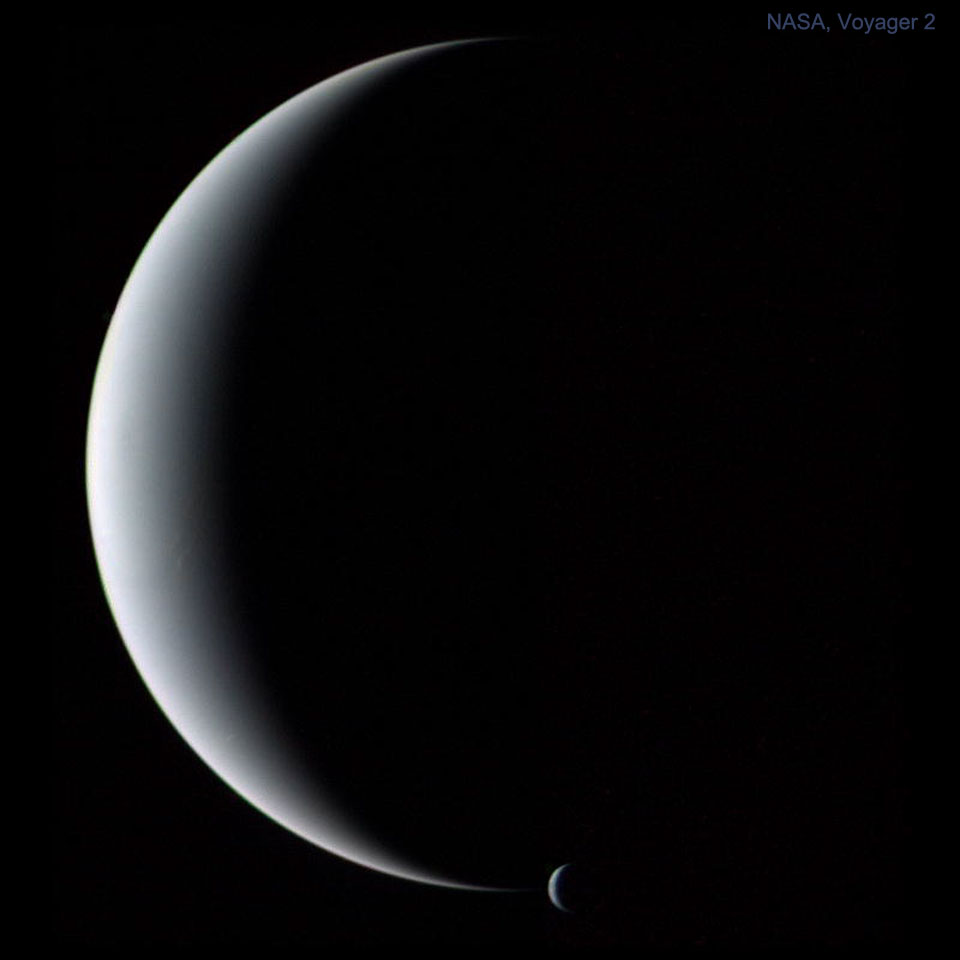
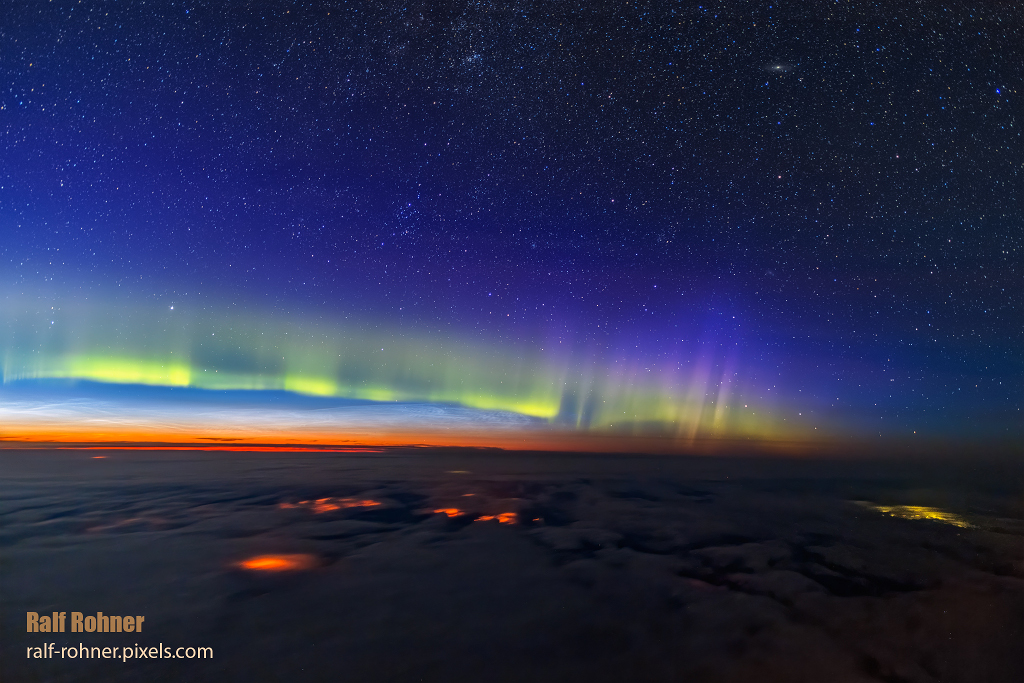
Media accreditation is now open for SpaceX’s 23rd cargo resupply mission to the International Space Station. Liftoff of the Dragon spacecraft on a Falcon 9 rocket is targeted for late August from Launch Complex 39A at Kennedy Space Center in Florida.
from NASA https://ift.tt/3i2Beia
via IFTTT![]()
NASA has selected Space Exploration Technologies Corp. (SpaceX) of Hawthorne, California, to provide launch services for Earth’s first mission to conduct detailed investigations of Jupiter’s moon Europa.
from NASA https://ift.tt/3ByWLXo
via IFTTT![]()
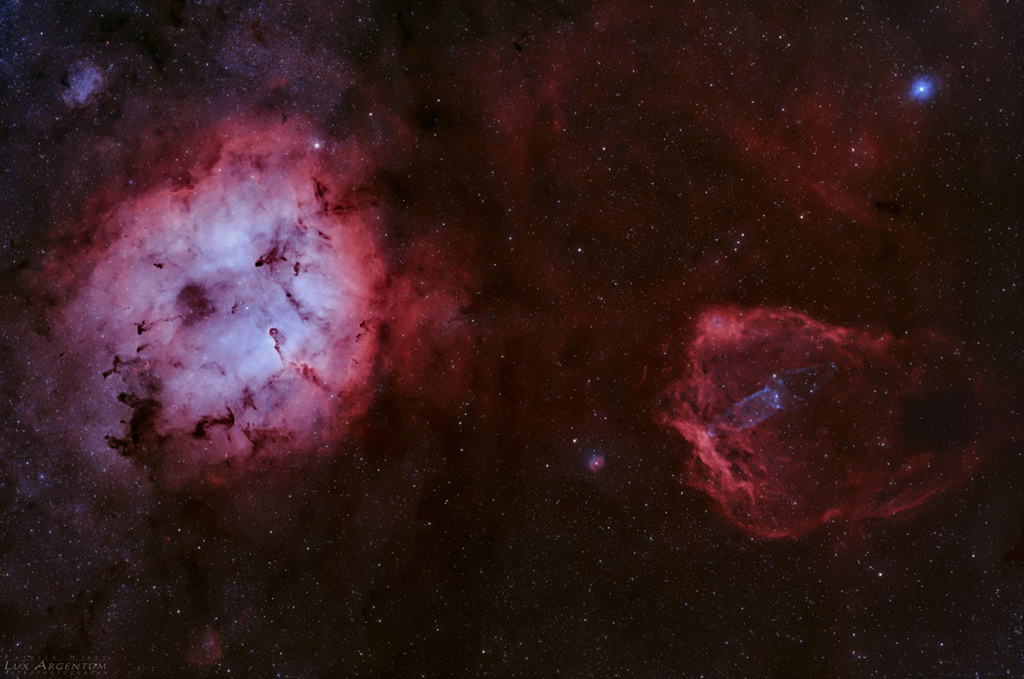
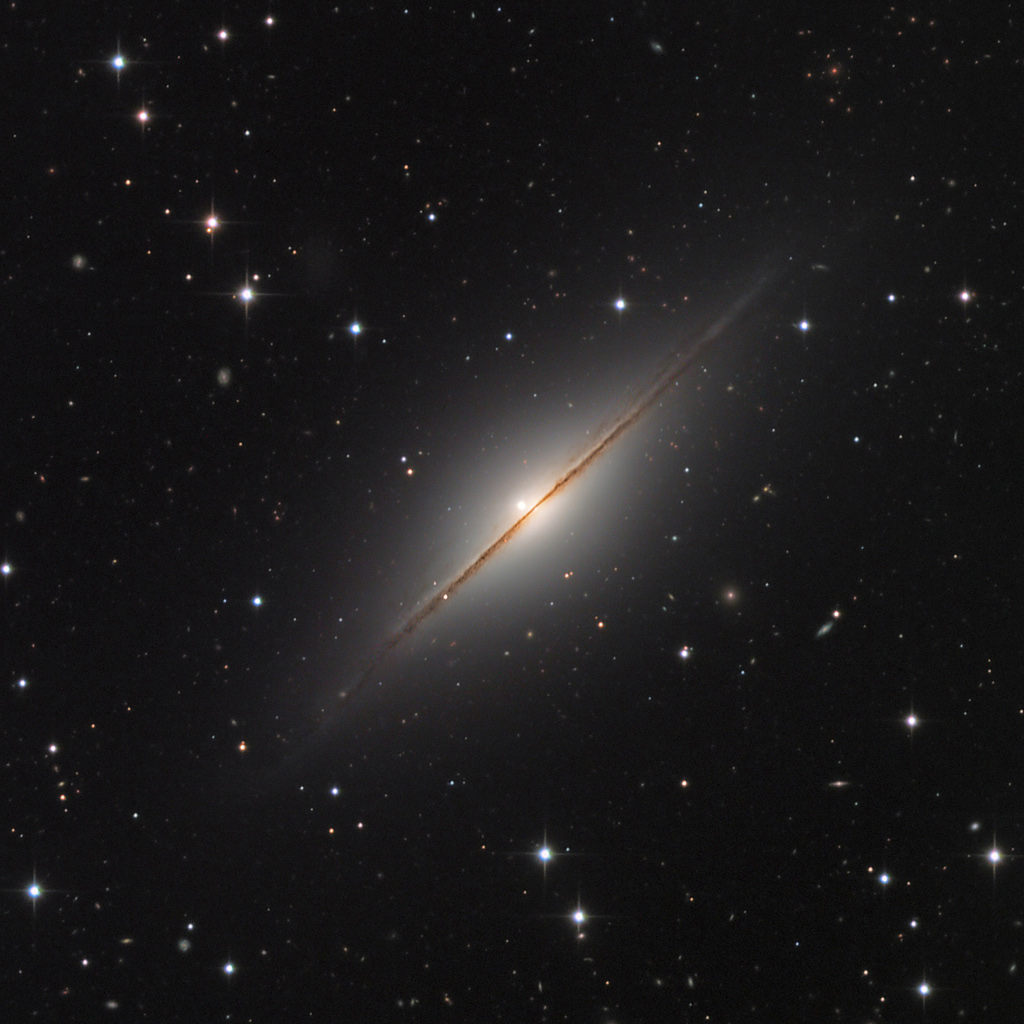
NASA is inviting media to learn more about an upcoming airborne science campaign to study intense summer thunderstorms over the central United States, which will aid scientists in their understanding of how such storms affect Earth’s atmosphere and climate change.
from NASA https://ift.tt/3kInKda
via IFTTT![]()
NASA is making final preparations for its Perseverance Mars rover to collect its first-ever sample of Martian rock, which future planned missions will transport to Earth.
from NASA https://ift.tt/3iArjPS
via IFTTT![]()